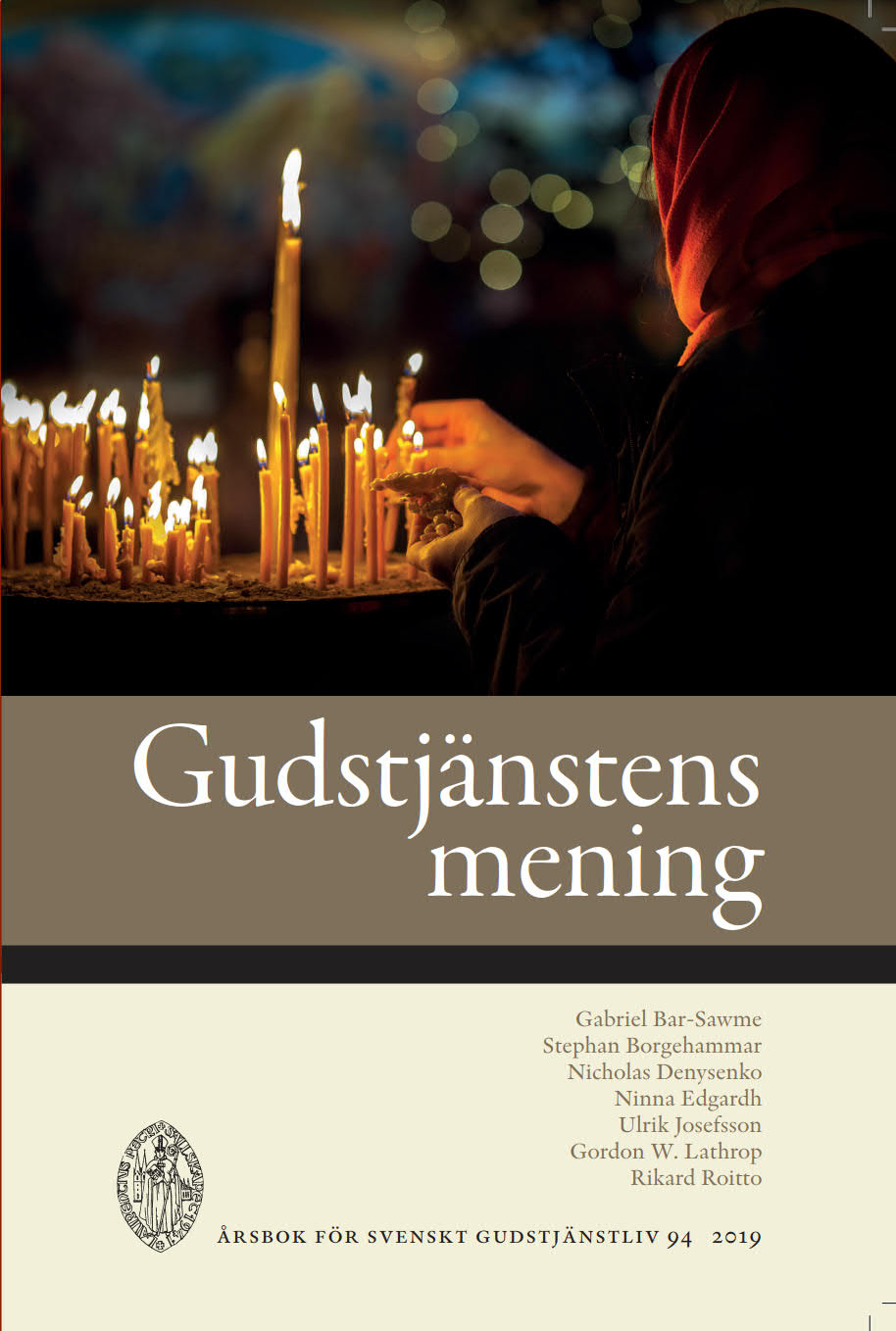Den syrisk-ortodoxa liturgin i Sverige
Om migration och liturgisk förändring
Abstract
The Syrian Orthodox community in Sweden is today, due to migration, one of the largest in the world, and Sweden is divided into two Syrian Orthodox dioceses. How has migration affected the performance
and understanding of the liturgy?
The author begins by referring to sociological studies that show a difference between first-generation Syrian immigrants and subsequent generations. The second and third generations show a decreasing interest in the liturgy, which can be interpreted as a result of the replacement of a religious meaning system with a politico-ethnic one. The loss of the ancestral languages also plays in.
Two chief changes in how the liturgy is performed can be detected: translation and abbreviation. While the liturgy is still being read and sung in the original languages – Turkish, Arabic, Kurdish and Turoyo – Swedish translations are now usually projected simultaneously on a screen. Printed vernacular translations of liturgical books do not yet exist, however, as they do in the United States.
Abbreviations of texts and rites occur in different degrees in different locations. There are no clearly stated principles. The author argues that a new Syrian Orthodox liturgical discourse is needed, one that includes the concept of ordo. Only so will it be possible to reflect upon the meaning of the liturgy and make its inherent ordo clearly recognizable.
Downloads
Publicerad
Nummer
Sektion
Licens
© författarna, Laurentius Petri Sällskapet för svenskt gudstjänstliv samt Artos & Norma bokförlag. Det är tillåtet att kopiera och använda material ur Svenskt Gudstjänstliv för forskningsändamål om källan anges. För övriga ändamål kontakta respektive artikelförfattare samt förlaget. Särskilda restriktioner kan gälla för bildmaterial.


